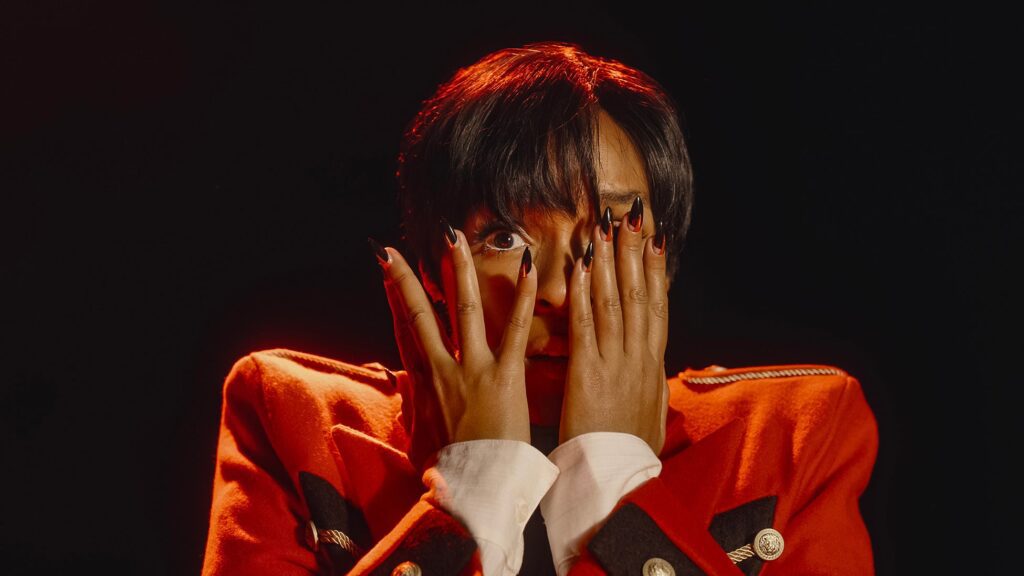Watch TV next year and you’ll see an important trend continue. Fewer, bigger integrated promotions mean increasing numbers of TV, radio, print, online, and out-of-home advertisements employed to extend promotions’ reach.
“After a reduction or dry spell during the latter half of last year, many advertisers are looking to invite attention and drive traffic to their product,” says Tina Manikas, senior executive vp-promotion and retail marketing for DraftWorldwide, Chicago.
The economy is rough for consumers and corporations alike. Savvy consumers bombarded by marketing messages through myriad communications channels wrinkle their brows over brand choices, sometimes with markedly different price points.
On the corporate side, “tighter budgets [and a] poor economy are forcing clients to explore new ways to market,” says Manikas. Promotional advertising makes news: It crosses the line from pure advertising into an event announcement. That means promotional ads get the most bang for the buck, Manikas says.
Promotional advertising is a numbers game. Depending on the budget, a marketer determines whether it will create tags to stick on existing TV and radio spots, for example, or develop new commercials. With especially tight promotional budgets, advertising is more about demolition than creation: Image-driven TV spots are cut from 30 seconds to 25 or even 15 to allow for the promotional tag. Increasingly more marketers are dissatisfied with this approach.
The fortunate ones have the luxury of choosing how to support a promotion. Saputo Cheese USA, Lincolnshire, IL, this month wraps up a back-to-school promotion that put SpongeBob SquarePants toys inside packs of Frigo Cheese Heads string cheese. The Nickelodeon character is a strong complement to Frigo’s positioning as wholesome, one-hundred percent natural, and fun to eat, says vp-marketing Steve Josen. TV, radio, print, and Web games were developed after the promotional strategy.
“Supporting the brand with the most popular kids’ entertainment partners reinforces our brand status, and our brand image,” says Josen.
Manikas agrees that settling on a promotional strategy first and a marketing plan later is the way to go. Strategy “is created in a way that is as proprietary to the brand as possible.” The ads that follow can focus on the promotion and still “live within the creative platform of the brand,” she says. “Many times, the promotion warrants full ad support or focus, whether on TV, radio, or print. In other instances, the promo is a tag on existing advertising.”
Sue Furlong, president and coo of DVC Worldwide, Morristown, NJ, advocates ads led by the promotion. If promotional strategy is done correctly, she says, ads that alert consumers to a limited-time offer are exclusive to the event and planned in the same meeting as the promotions themselves. That way the money needed to produce ads specifically for promotions becomes a rock-steady chunk of the budget.
Furlong says consumers don’t need to be marketing pros to see that tags look like afterthoughts and often require the demolition of general branding spots to fit the promo message.
“It feels less genuine,” she says. “It doesn’t feel like the brand equity is coming through,” which runs counter to any promotion’s objectives. “A promotion really should just be a plus up. You don’t want to distract the consumer from the brand equity.”
Witness Georgia-Pacific’s current Brawny Man search, created by DVC. Atlanta-based Georgia-Pacific has gotten 5,000 nominations for men to feature on Brawny Man packaging and in ads; five finalists were picked in early October. This month, consumers vote for the winner, whose handsome mug will appear on Brawny packaging.
“We are seeing sharper pencils in making sure programs are executed well,” DVC’s Furlong reflects. “Wherever the consumer looks, he is being hit with the same, consistent message.”
When the promotion agency responsible for an event has to defer to the client’s ad agency for media support, however, it loses control of consistent messaging. That’s why Draft consults clients’ ad agencies on context and key messaging priority, theme, key visuals or creative, and partner-brand treatment.
Alcone Marketing Group president Brad Esty prefers to keep ad development in-house at the Irvine, CA, shop. For Dannon Yogurt’s current Winning Moments promotion, Alcone handled all TV-tag production, ensuring the “creative essence” remained and the 15-second general image message blended with the 15-second promotional prompt.
“Promotional ads need to pack the one-two punch. The idea is to grab consumers’ attention with the brand and quickly get to the offer,” Esty says. “The trend toward bigger promotions is a trend to get back to brand marketing. Promotions help the brand in the short term with immediate excitement about the offer but really connect the consumer with a powerful brand story.”
Sweepstakes, contests, charity tie-ins, freebies, and coupons designed to enhance general brand-image building never operate without some advertising, but these days the how and where of the promotion pushes the boundaries of traditional broadcast tags and “plussed-up” packaging.
Bensussen Deutsch & Associates, Woodinville, WA, provides promotion-related merchandise that adds a tangible element to event advertising. Entertainment reporters, for instance, received Spider-Man tattoos, bobbleheads, or T-shirts prior to the blockbuster movie’s summer appearance at theaters nationwide.
“The shelf life of merchandise is six to 12 months,” says president-ceo Jay Deutsch. Such premiums — Deutsch calls them “three-dimensional advertising” — extend the life of an event, but also give people an opportunity to play with the brand.
As for executions in this under-explored communications channel, “we are only limited by our own imagination,” says Deutsch. He warns (tongue in cheek) that Trump casino gamers soon will have Donald Trump bobbleheads to perch in their Cadillac windows.
It’s a far cry from a TV spot, but it’s the spitting image of branding.
 Network
Network

